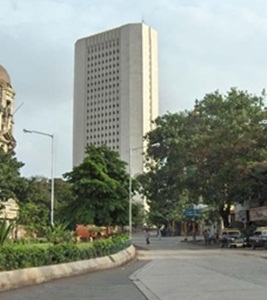The Narendra Modi government is looking at its nominees on the board of the Reserve Bank of India (RBI) to exert pressure on the central bank to take a more lenient view of its demand for a liberal credit policy.

The ongoing meeting of the Reserve Bank of India (RBI) board, which is well past eight hours now, is likely to find new ways to ease tension between the government and the central bank, and ease credit flow.
With the election due by May next year, the ruling Bharatiya Janata Party (BJP) is keen to stimulate the economy and address concerns of farmers and jobseekers over falling farm incomes and jobless growth, even as the government sees the RBI’s hawkish stance as a barrier.
The government has been pressing RBI governor Urjit Patel to accede to a range of demands that could help to boost demand. They include making it easier and cheaper for small businesses to borrow, easing lending curbs on 11 state-run banks, which had debt and capital adequacy issues, and providing more liquidity to non-banking finance companies.
They also want the government to have access to surplus reserves the RBI has built up – money that could be used for the government’s populist programmes.
The RBI is worried that the government is seeking to destroy its autonomy and has warned that when this happened in Argentina in 2010, financial markets took fright.
However, it seems likely that the RBI board will agree to re-examine the systemic liquidity in the economy and also ease the prompt corrective norms (PCA) for banks – the two issues that have been at the core of the government-RBI dispute.
RBI may also increase the annual dividend payout to the government although it may not prune the corpus of its Rs9.6 lakh crore reserves.
For this, however, RBI is expected to set up an expert committee to decide on the suggestion to transfer excess reserves to the centre.
RBI’s reserves are in the form of contingency fund and forex and gold reserves and securities, which also forms nearly 28 pc of the central bank’s total assets. The government thinks that reserves amounting to 15-16 per cent of total assets (the global average) are enough for RBI.
The government’s insistence of easing RBI’s NPA norms follow the huge debt burden amassed by power firms that will soon come under the insolvency Act under RBI's zero-tolerance policy.
The RBI board has a total of 18 board members, including governor Urjit Patel. Though Urjit Patel has voting rights, his four deputies, including NS Vishwanathan, Viral Acharya, BP Kanungo and Mahesh Kumar Jain, don't have voting rights but their roles are crucial.























